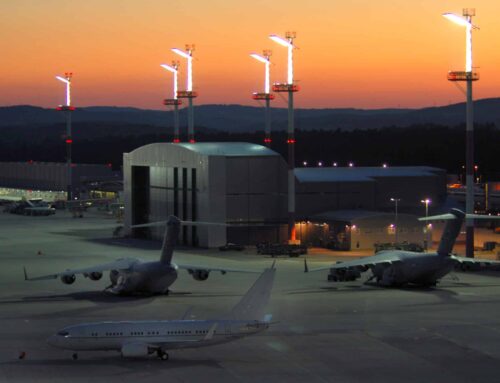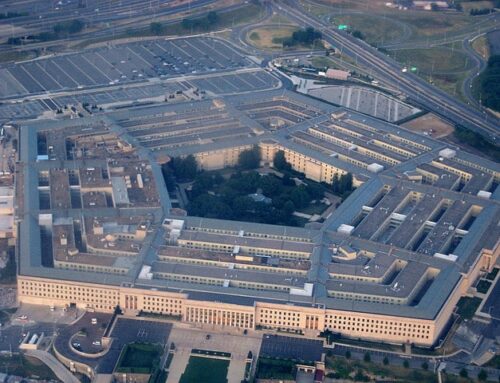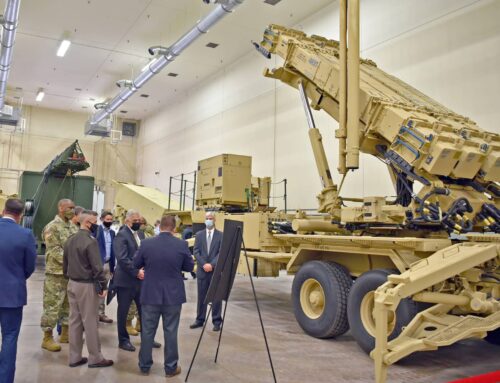Lawmakers who have been critical of the hundreds of billions of wasted tax dollars in Iraq are setting the stage for adding billions of dollars in new gold-plated weapons systems to the already-bloated Iraq emergency spending bill.
House Appropriations Defense Subcommittee Chairman John Murtha (D-PA) said this week that the committee plans to draft legislation providing the Defense Department with emergency war funding by the end of this month. Murtha said that he would add billions for the C-17 Globemasters, used by the Air Force to transport troops and cargo, and F-22 Raptors, a controversial tactical plane.
Murtha’s rationale for adding additional expensive aircraft are twofold: to relieve the Air Force’s stressed fleet, and to drive down per-plane costs by buying more planes.
But both these ideas prove a little flimsy when held up to the light. At a Capitol Hill hearing on the defense budget Wednesday, Deputy Defense Secretary Gordon England said only four F-22s would be needed this year to replace those lost in the Global War on Terror. The Administration’s Fiscal Year 2009 budget already requests $3.6 billion for 20 of the planes.
Further, the concept that more is better when purchasing expensive aircraft makes about as much sense as loading up on unneeded gadgets or toiletries at Costco just because they’re cheaper en masse. How much the government would actually “save” by purchasing more C-17 Globemasters is unclear: Murtha says only that “one of the problems we have when you buy such a small number, you don’t save any money. So we’re trying to buy at a number where we get some legitimate savings.” Meanwhile the one thing we do know is that even if the unit cost is lower, buying more planes than we need to meet our military needs is the wrong way to spend taxpayer dollars.
Both programs have benefitted from Congressional support in the past. As TCS has pointed out previously, the F-22 is a deeply flawed program. Designed to take on
Cold War era Soviet fighter planes, it is a relic that fails to address the most pressing security challenges of the 21st century. The plane’s manufacturer, Lockheed Martin, has kept the F-22 from the chopping block by spreading the program among contractors in 44 states. The Defense Department had budgeted $400 million to finally shut down the line in FY2009, but ultimately added the money for the new F-22s in order to “defer the decision” on whether or not to shut down until the next administration.
The C-17 Globemaster also saw a dramatic turnaround last year: millions in shutdown costs proposed by the Office of Management and Budget (OMB) were taken out of the FY 2008 budget by the Air Force AND 10 new planes were added in the 2008 Defense Authorization bill via an earmark sponsored by seven lawmakers. This about-face prompted a Pentagon investigation requested by Senators including Edward Kennedy (D-MA) and John McCain (R-AZ) into whether Congress, Air Force brass and C-17 manufacturer Boeing colluded to keep the line open against the wishes of OMB.
The “emergency” supplementals provide a perfect vehicle for funding such controversial and expensive programs. Shoehorning them into supplementals rather than making them battle it out in the budget negotiations with other important programs and weapons systems is the wrong approach. With the Pentagon and others unable to come up with an urgent or emergency need for these items, Congress’s claim that it is holding the administration accountable on Iraq emergency spending rings hollow.











Get Social